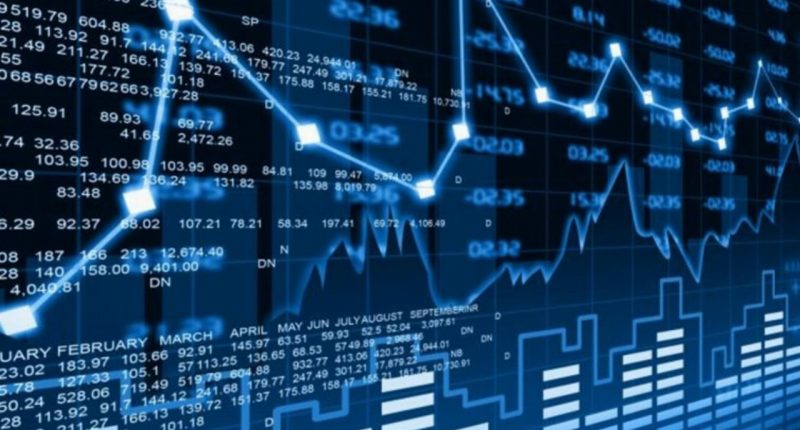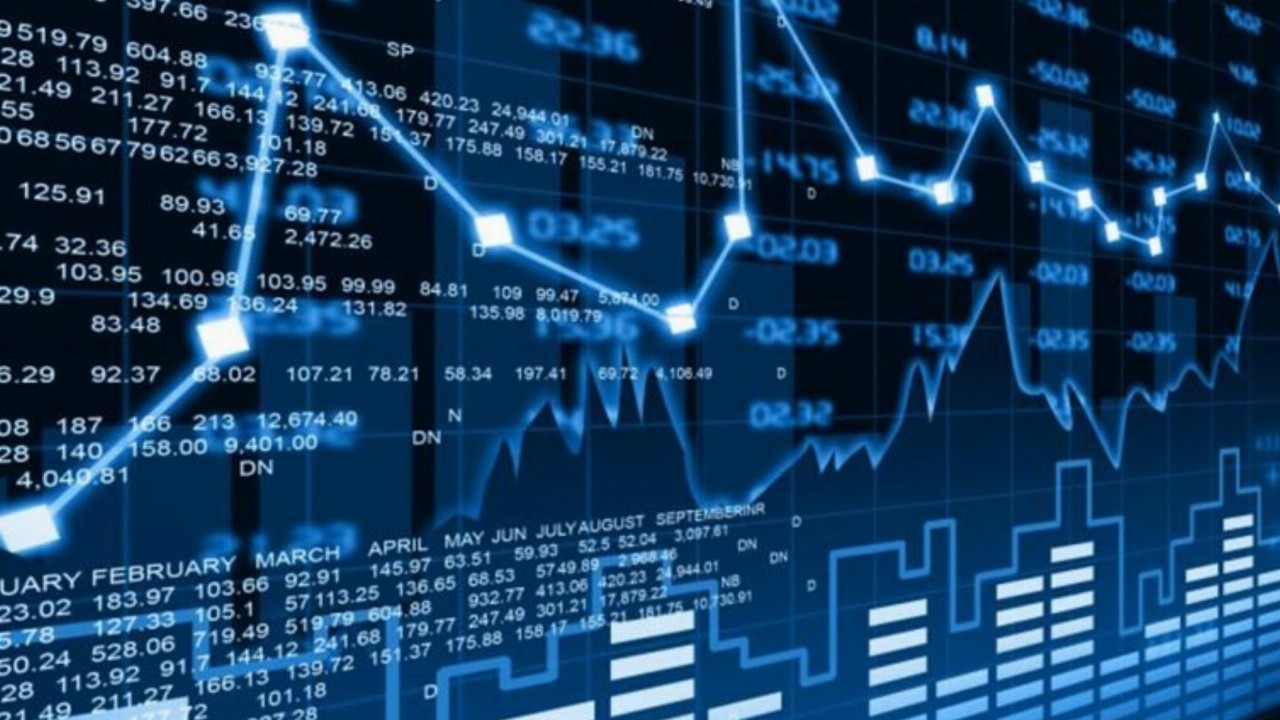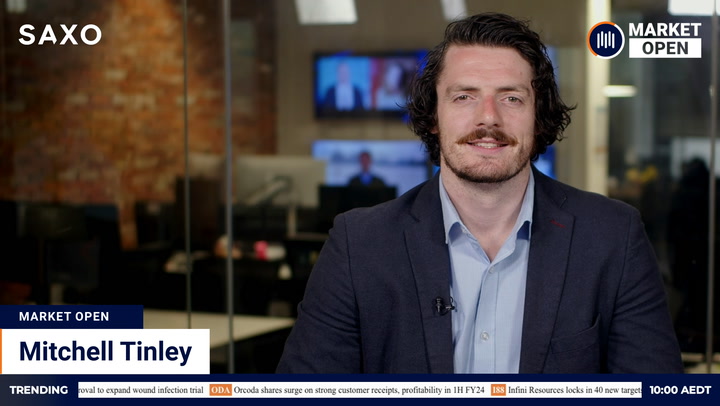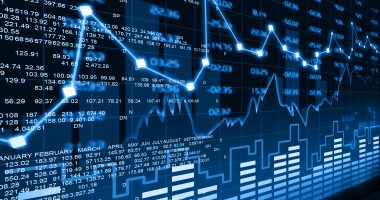Australian shares looked set to open near eight-month lows after US stocks recoiled at the prospect of rapid rate rises this year.
Wall Street rallied into this morning’s Federal Reserve policy update, but gave up gains after Chair Jerome Powell signalled the central bank could raise rates each time it meets.
ASX futures this morning tempered earlier gains across the Australia Day public holiday. The SPI 200, which advanced 43 points or 0.63 per cent yesterday, declined 26 points or 0.38 per cent ahead of the resumption of trade.
The S&P/ASX 200 entered the public holiday at its lowest since last May. The Australian benchmark tumbled 178 points or 2.49 per cent during a horror session on Tuesday.
Overnight, oil rallied to a seven-year high. Iron ore, copper and nickel also rose. Gold backed off a two-month peak. The Australian dollar dipped below 71 US cents as the greenback firmed.
Wall Street
A strong initial rebound in the US soured after Fed Chair Powell indicated the bank would likely raise rates in March and would not rule out further increases at every meeting. Powell said there was plenty of scope to increase rates without slowing the economy.
The S&P 500 erased a 2 per cent advance, falling seven points or 0.15 per cent in volatile trade to its lowest close since October. The Dow Jones Industrial Average flipped an initial rally of more than 500 points into a loss of 130 points or 0.38 per cent. The Nasdaq Composite trimmed a rally of more than 2 per cent to three points or 0.02 per cent.
The Fed left official rates on hold, but indicated it was ready to cut at its next meeting in March. (There is no meeting in February.)
“I would say the committee is of a mind to raise the federal funds rate at the March meeting assuming that conditions are appropriate for doing so,” Powell said in a press conference following the two-day strategy meeting,
The bank will end its asset-buying program (quantitative easing or QE) in March but gave no indication when it will start to reduce its balance sheet. The initial reaction to the policy update was mild, but what appeared to spook the market was indications from Powell during the press conference that rates could go a lot higher a lot faster than the market has so far priced in.
“I think there’s quite a bit of room to raise interest rates without threatening the labour market,” he told reporters. He did not rule out raising rates each meeting. He added that the health of the economy meant the bank could start reducing its balance sheet faster than after the Great Financial Crisis.
The yield on ten-year US treasuries rallied ten basis points. That impacted stocks whose valuation are partly dependent on the cost of borrowing to fund growth.
Earlier, stocks rose as an upbeat quarterly from Microsoft soothed concerns about a stuttering corporate earnings season. The tech giant held onto a gain of 2.85 per cent after beating expectations on all the important metrics.
The overnight volatility continued a stomach-wrenching week on Wall Street. On Tuesday night, the Dow fell more than 800 points before regaining all but 67 points or 0.19 per cent by the close.
The S&P 500 and Nasdaq also finished well off their lows with losses of 1.22 per cent and 2.28 per cent, respectively. The session mirrored Monday’s pattern of a severe early dump, followed by a recovery.
Australian outlook
Two nights of extreme volatility in the US across the Australia Day break have done little to clarify the outlook for the day ahead. ASX futures initially rebounded from Tuesdays blood-letting, before fading again this morning.
The S&P/ASX 200 fell on Tuesday to a level where a relief rally seems highly likely in the next few sessions, if not today. Whether it holds or not depends to a large extent on Wall Street. Investors likely need to see volatility decline before they are tempted to buy this dip.
This morning’s Fed update was expected to clarify the rates outlook for the year, but may in fact have added to uncertainties. The response from bond and equity markets suggest the outcome was more bearish than even a week of selling had factored.
Banks were among the night’s winners at the prospect of better margin opportunities under higher rates. US financials edged up 0.27 per cent.
A strong result from Microsoft lifted US tech 0.72 per cent. Bond proxies sold off as yields rallied. Real estate fell 1.67 per cent, utilities 0.71 per cent and consumer staples 0.67 per cent.
US materials sank 1.02 per cent. BHP and Rio Tinto were cushioned by gains in iron ore across the holiday (more below).
Quarterly reports were due today from Newcrest, OZ Minerals, Evolution Mining and a host of mining juniors.
IPOs: there were two companies slated to debut today. Haringa Resoruces at 12 pm AEDT has gold and uranium projects in Africa. Cosmos Metals at 12.30 pm is targetting copper, nickel and cobalt in Western Australia.
The dollar dipped below 71 US cents before trimming its loss to 0.6 per cent at 71.15 US cents.
Commodities
Iron ore rose across the Australia Day break after Fortescue Metals and Rio Tinto warned of Covid-induced labour shortages in the Pilbara. The spot price for ore landed in China jumped US$4.15 on Tuesday and edged up another 25 US cents or 0.2 per cent yesterday to US$138.10 a tonne, the highest since early September.
The most-traded ore contract on China’s Dalian Commodity Exchange climbed 3.4 per cent yesterday to its highest since mid-October.
BHP and Rio rallied in overseas trade. BHP‘s US-listed stock rose 0.86 per cent overnight. Its UK-listed stock put on 2.98 per cent. Rio Tinto gained 0.49 per cent in the US and 2.32 per cent in the UK.
Fears of war in Ukraine lifted oil to a new seven-year high. Brent crude topped US$90 a barrel for the first time since October 2014, rising US$1.76 or 2 per cent to settle at US$89.96. The advance came as Russia continued to deploy troops along the Ukraine border.
“If Russia does invade, we would expect oil prices to go parabolic,” Tariq Zahir, managing member at Tyche Capital Advisors, told MarketWatch.
Prices trimmed gains after Fed Chair Powell signalled a series of rate rises were on the table. Brent was lately at US$89.06, a decline of 68 US cents or 0.8 per cent.
Gold fell back from a two-month peak ahead of the Fed meeting and added to losses in its wake. Gold for February delivery settled US$18.40 or 1 per cent lower at US$1,834.10 an ounce.
The gold price extended its fall to US$35.80 or 1.9 per cent at US$1,816.70 in recent trade. The NYSE Arca Gold Bugs Index dropped 3.59 per cent.
Copper firmed 1 per cent in US trade to US$4.493 a pound. Nickel, aluminium, zinc and tin advanced on the London Metal Exchange.
“If the Fed acts in a moderate manner, the economy will still continue recovering from its COVID low in 2020, and this supports metals demand in general,” Daniel Briesemann, analyst at Commerzbank, told Reuters.







